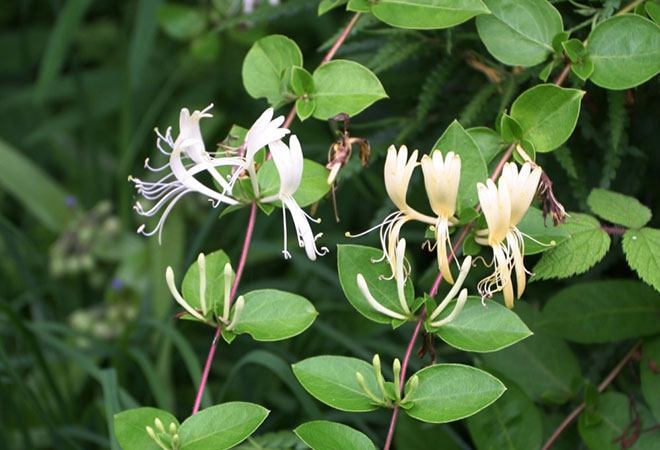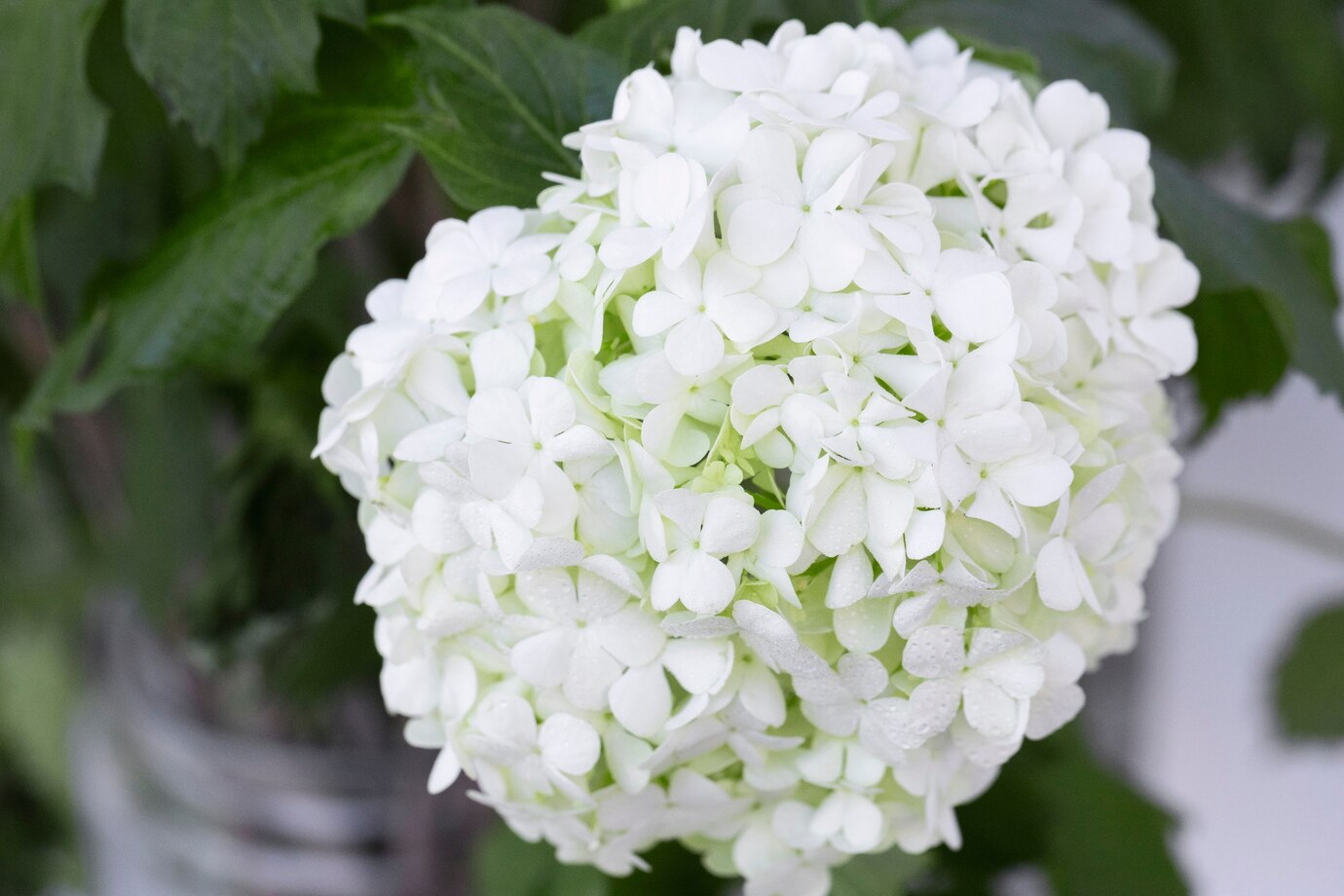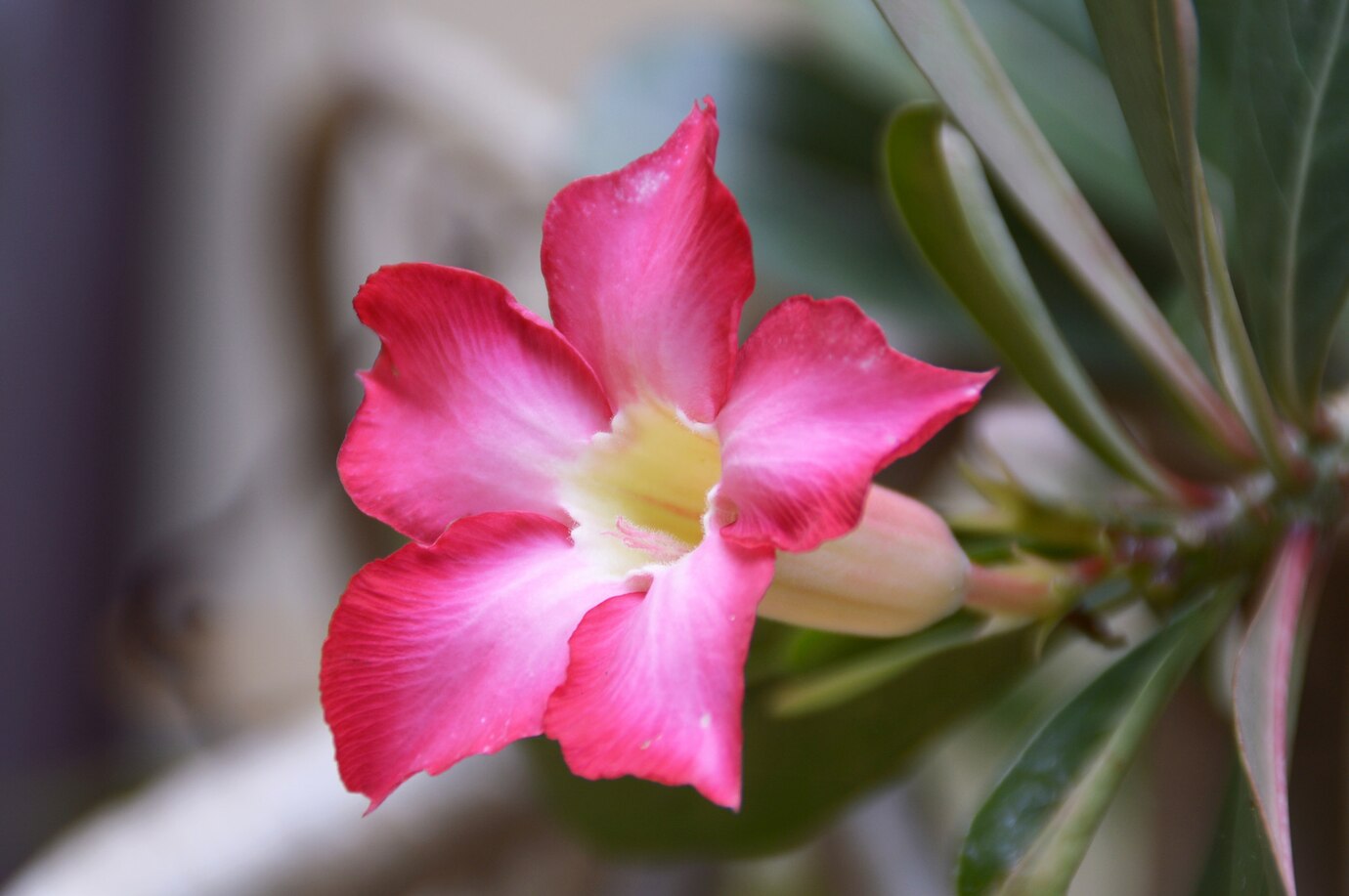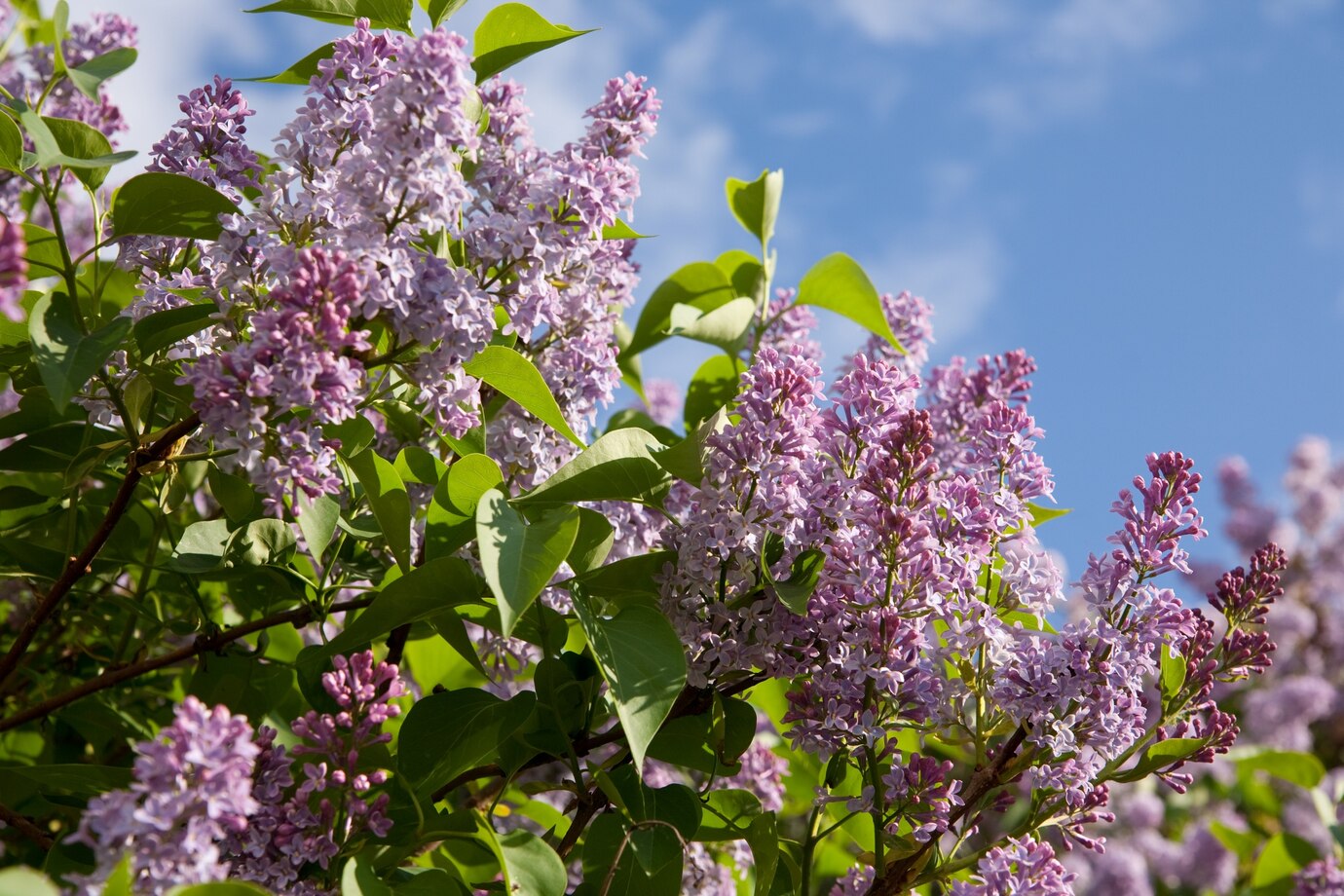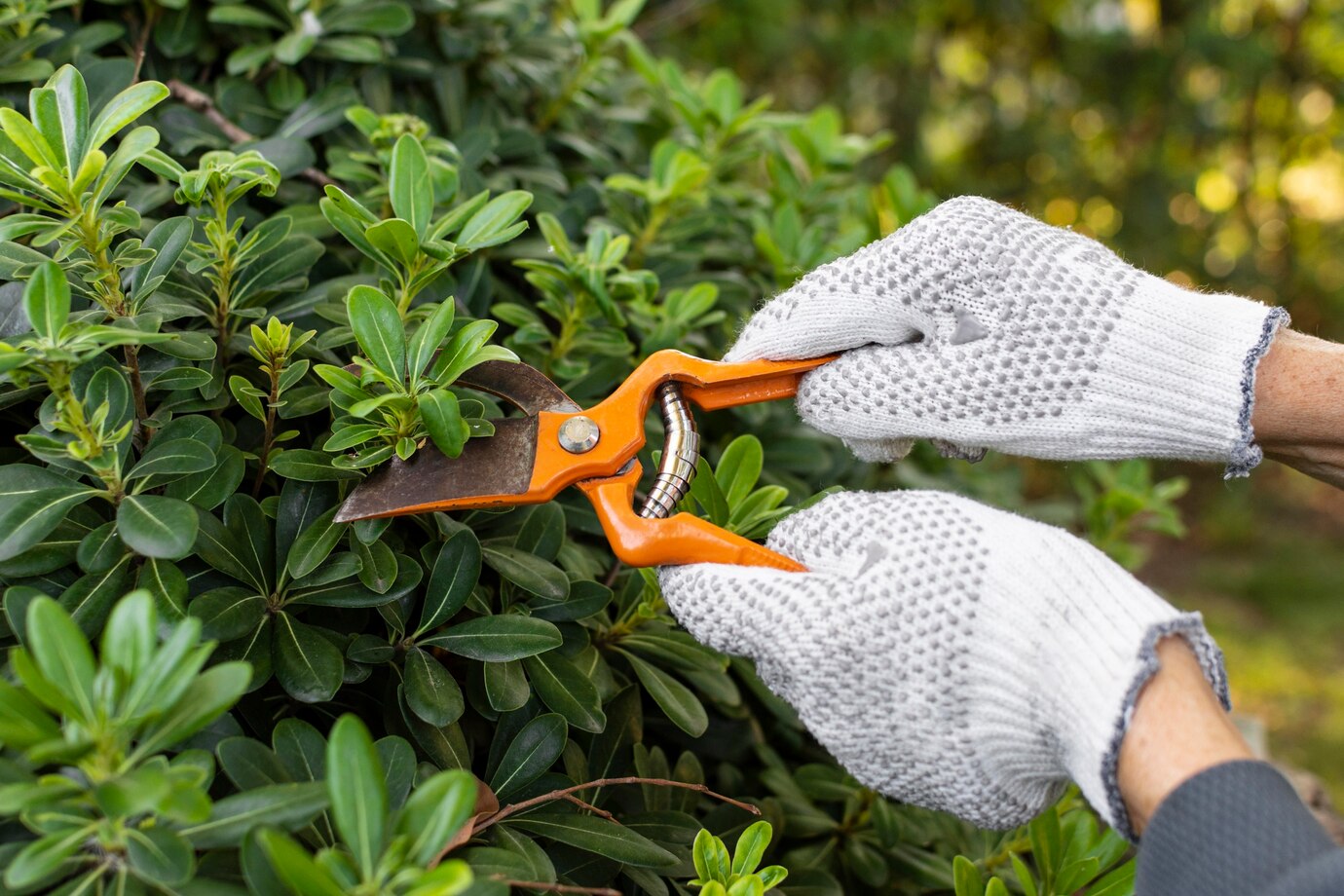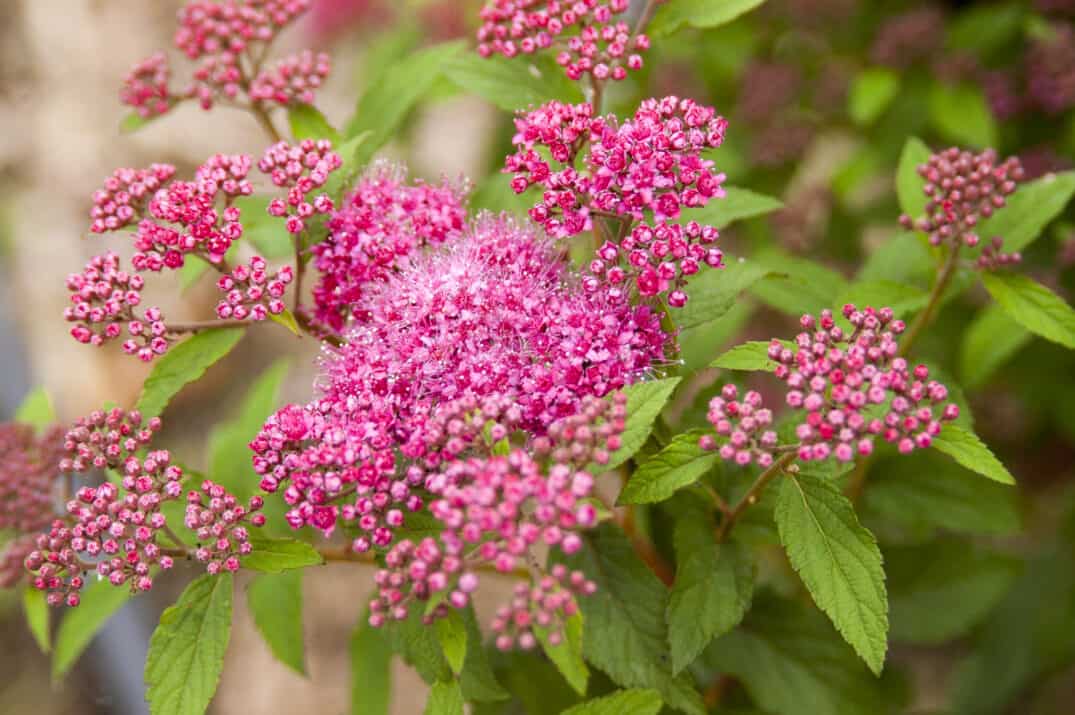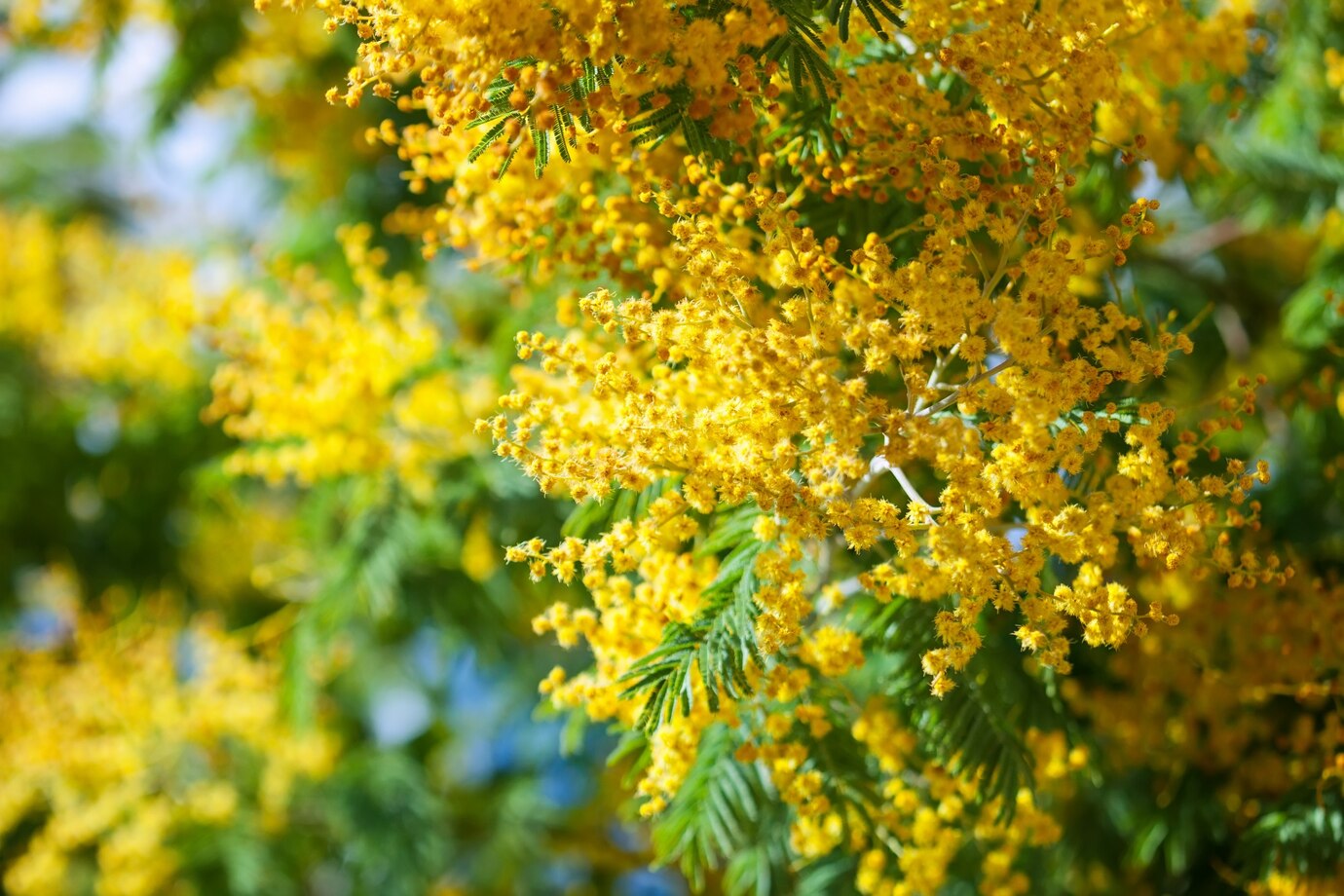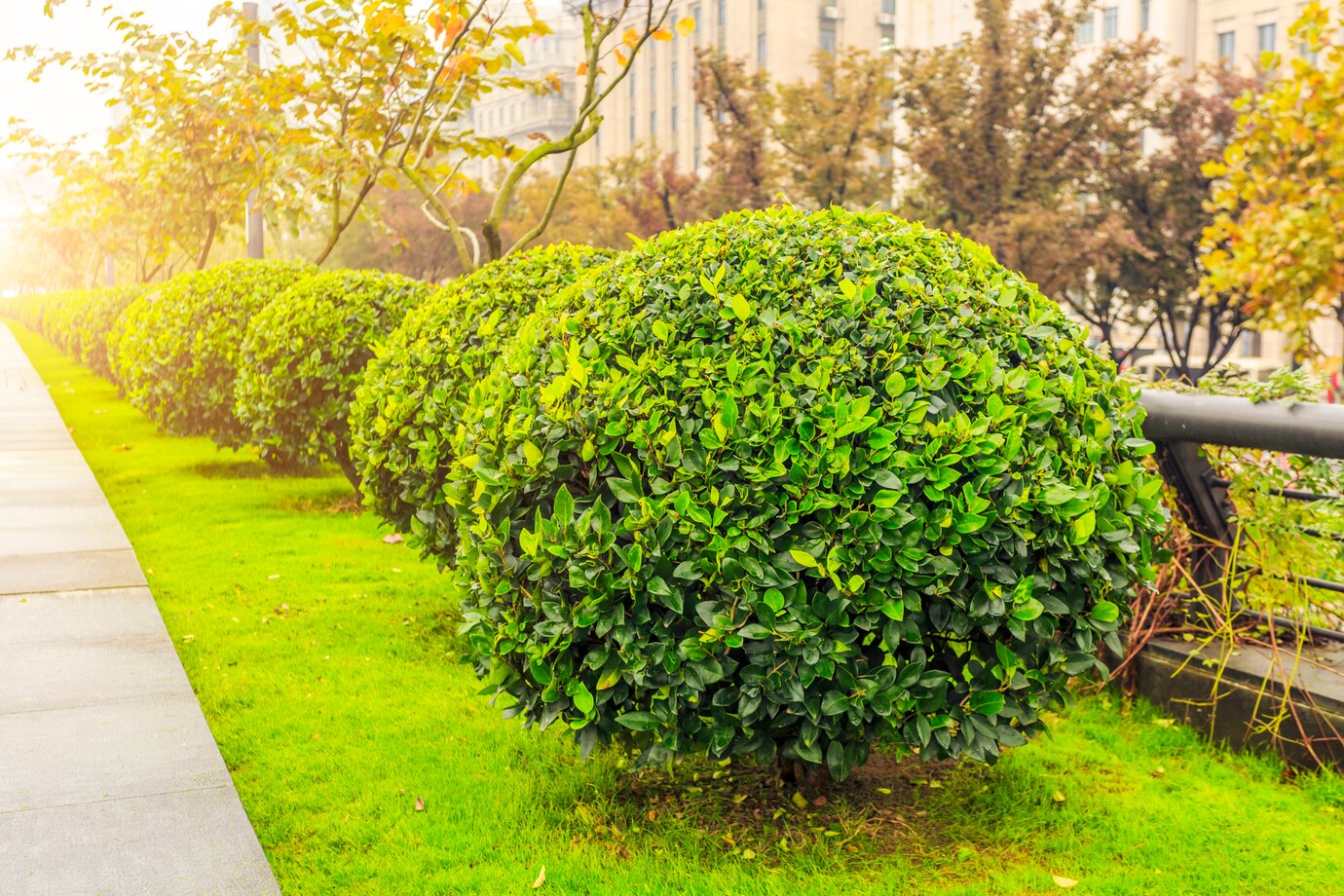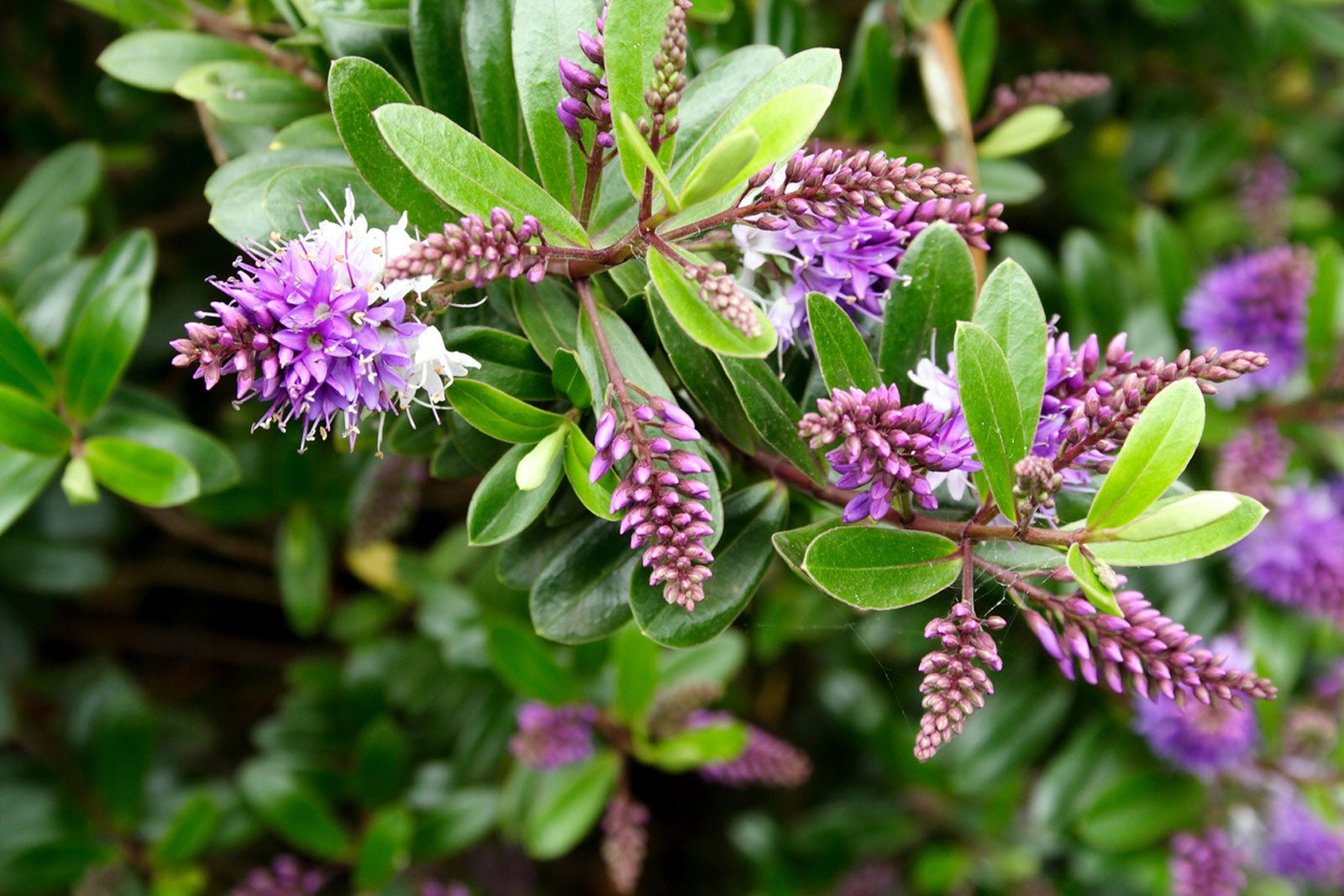When we think of honeysuckles, we often picture twining climbers with fragrant tubular flowers, perfect for covering walls, fences, and pergolas. However, evergreen shrubby varieties also grow as hedges, topiary, or standalone honeysuckle bushes. Both types belong to the genus Lonicera, with numerous cultivars originating from Europe, Asia, the Mediterranean, and North America. Lonicera periclymenum (wild honeysuckle, common honeysuckle, or woodbine) grows naturally in the UK.
Shrubby honeysuckles can be deciduous, semi-evergreen, or fully evergreen. Evergreen varieties like Lonicera nitida (now classified as Lonicera ligustrina var. yunnanensis) have small, boxwood-like leaves ideal for hedges, topiaries, or compact honeysuckle bushes. If box blight or box tree caterpillars have damaged your box plants, Lonicera nitida offers a great alternative. Deciduous to semi-evergreen varieties, such as Lonicera fragrantissima and Lonicera × purpusii, bloom in winter with wonderfully scented flowers.
Table of Contents
ToggleWhen to Plant Honeysuckle Shrub
Planting honeysuckle in spring or early summer gives it plenty of time to root and establish before colder weather arrives. Depending on your location and the variety, fall planting can also be successful.
If your area experiences ground freezes, be sure to plant honeysuckles at least six weeks before the first frost.
How to Plant Honeysuckle Shrub
Select a location with good drainage, as honeysuckle prefers moist but not soggy soil. If you have heavy sol soil or poorly draining clay, consider creating a raised berm for planting.
- Dig a more expansive hole than the root ball and have the same depth as the nursery pot. The hole should resemble a shallow bowl rather than a deep cup.
- Position the plant so the crown sits at the same soil level as in the nursery pot. Avoid planting it too deep, like a tomato.
- Work compost into the soil before planting. If the roots are tightly circling or overgrown, loosen them with a handheld garden tool and cut any girdling roots to promote healthy growth.
- Place the honeysuckle in the hole and begin backfilling with the removed soil, firming it gently to remove air pockets around the roots.
- Create a shallow ring around the plant using the leftover soil to direct water into the root zone rather than letting it run off. Water thoroughly.
- Apply mulch around the base, but keep it away from the stem to prevent rot and disease.
Honeysuckle Shrub Care
Honeysuckle is a hardy, versatile deciduous shrub that thrives in relatively dry, semi-shady conditions, especially in regions with cool summers. It has multiple uses, from woodland ground cover to small hedgerows. In fall, its foliage transforms beautifully, so plant it in a spot where its seasonal color change can be fully appreciated.
Light
Honeysuckle shrubs adapt well to different light levels but dislike dense shade. The more sunlight they get, the more vibrant their foliage color becomes.
Soil
This shrub thrives even in rocky, poor-quality, infertile soils. It thrives in sandy, loamy, and clay soils as long as they drain properly. It can tolerate less fertile conditions, but moderately rich, well-drained soil promotes faster growth, healthier foliage, and more abundant flowering.
Water
The honeysuckle shrub is impressively drought-tolerant and thrives in dry to medium soil. Water sparingly, as it doesn’t require excessive moisture. However, newly planted shrubs benefit from consistently moist soil during their first year. Applying mulch over the root zone helps retain moisture and maintain optimal soil temperatures.
Temperature and Humidity
The honeysuckle shrub is hardy in most regions. It grows in cooler summers and adapts well to dry woodland conditions with low humidity.
Fertilizer
Mature honeysuckle shrubs don’t need fertilization. However, feeding young shrubs can promote more significant, abundant flowers as they establish and grow.
Pruning
Prune the shrub after it finishes flowering. Focus carefully on trimming the top and ensure you don’t remove over one-third of its total mass. Regular pruning allows the shrub to maintain a healthy shape and stimulates new growth, making it essential if you’re growing the shrub as a hedge. Deer browsing doesn’t harm this shrub; it naturally prunes the plant.
Common Plant Diseases
These plants don’t face serious pest problems but can be vulnerable to powdery mildew and various leaf spot diseases. These issues aren’t severe and mostly appear during wet, humid conditions, often clearing up when the weather turns dry and cool.

